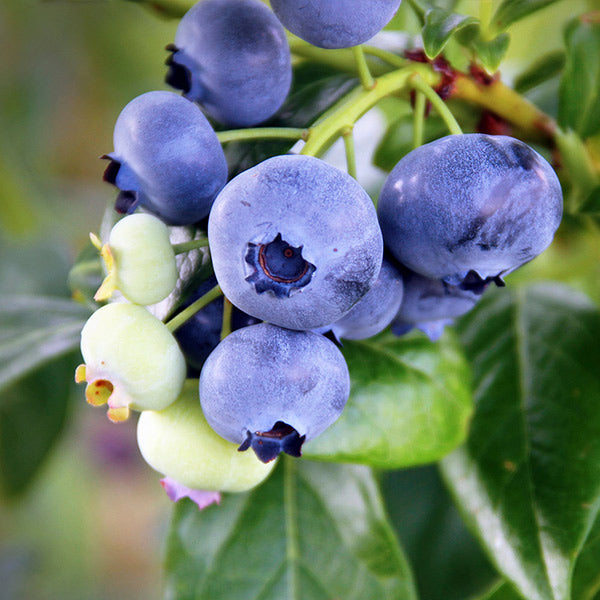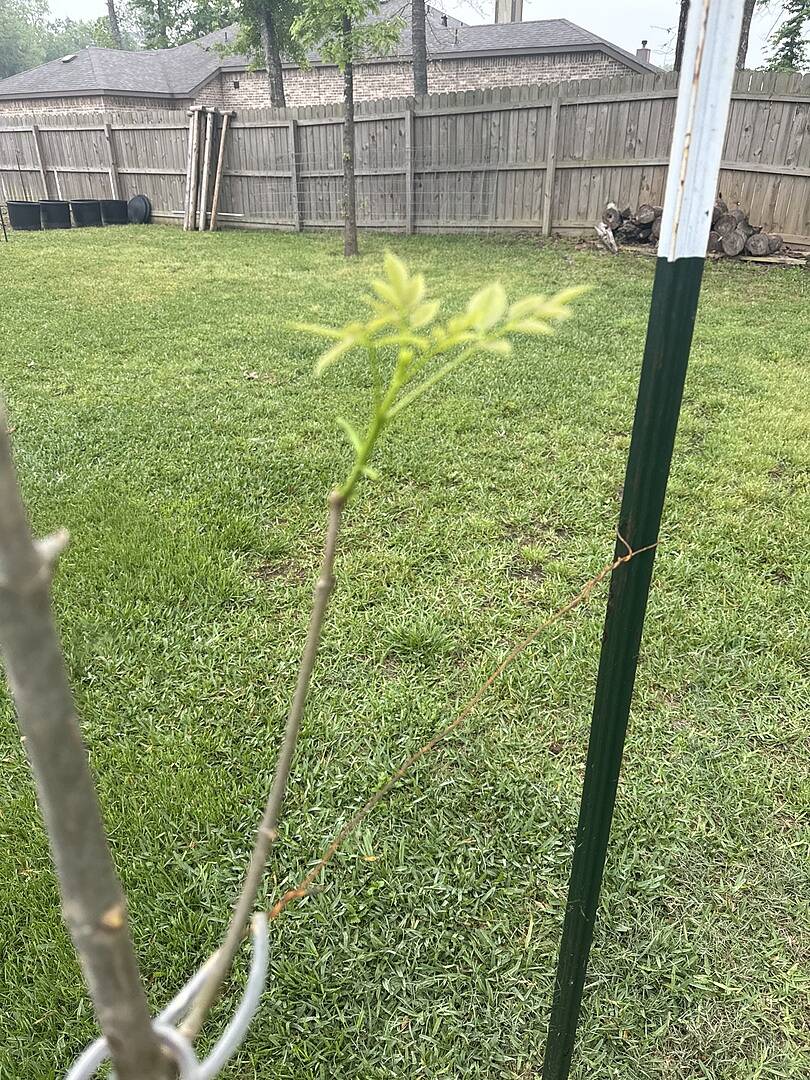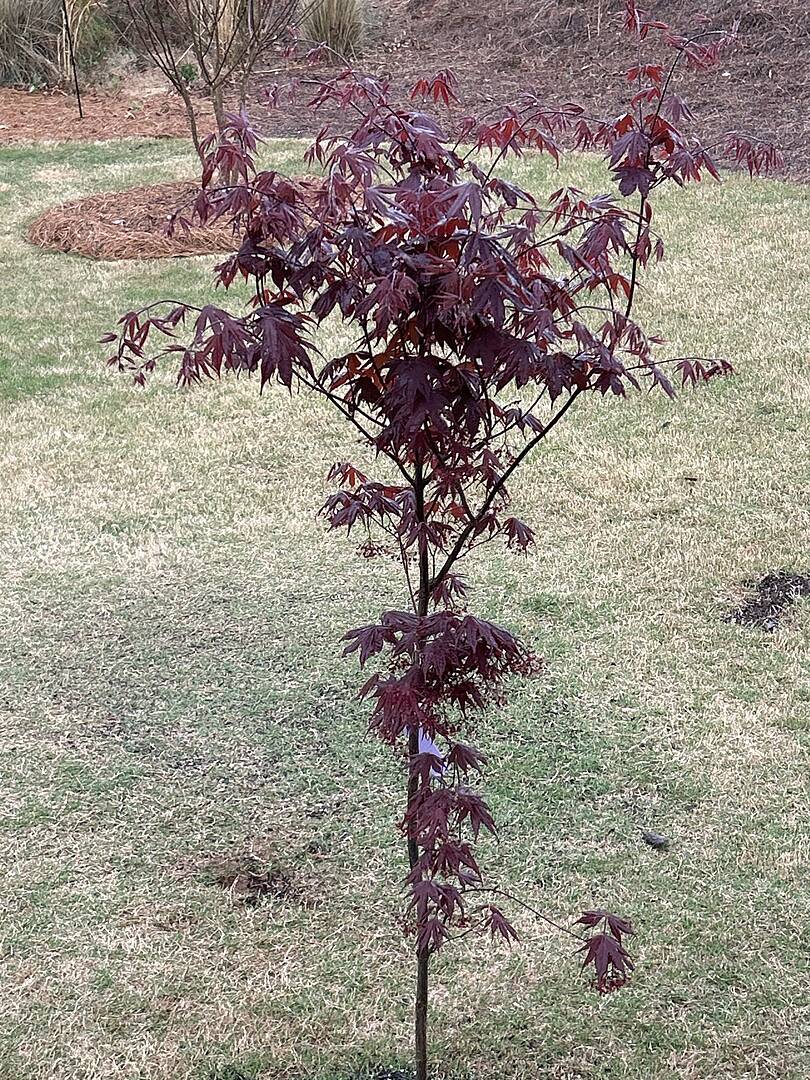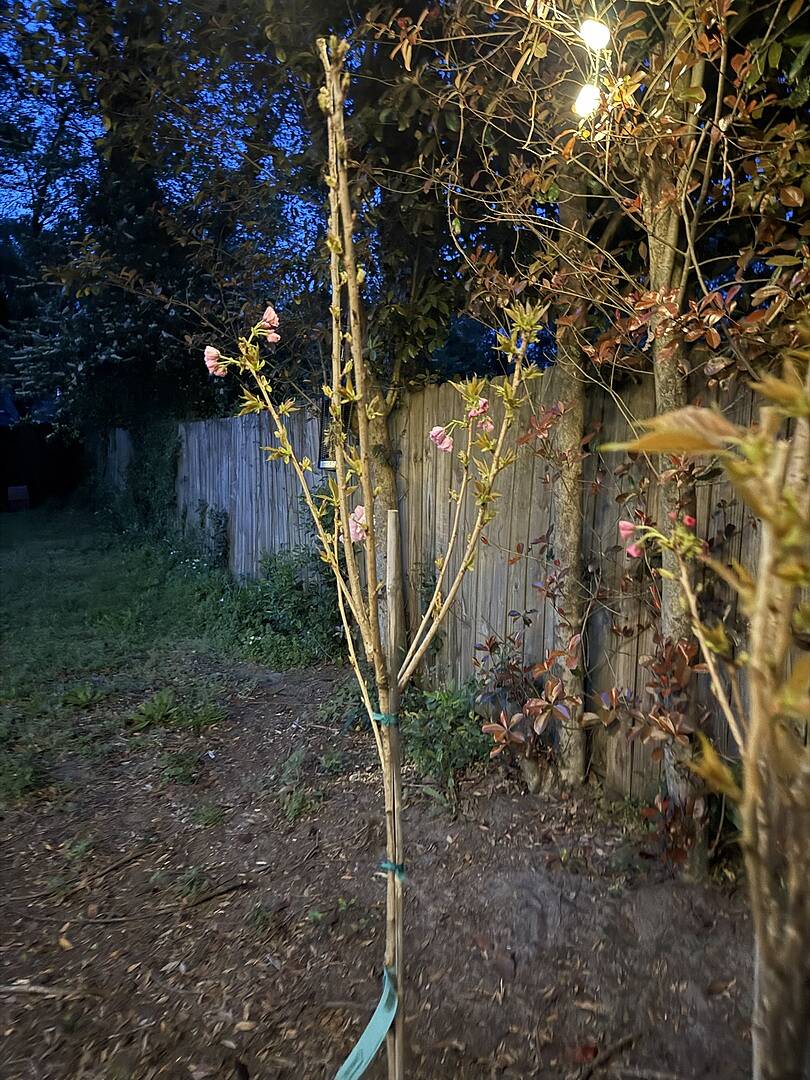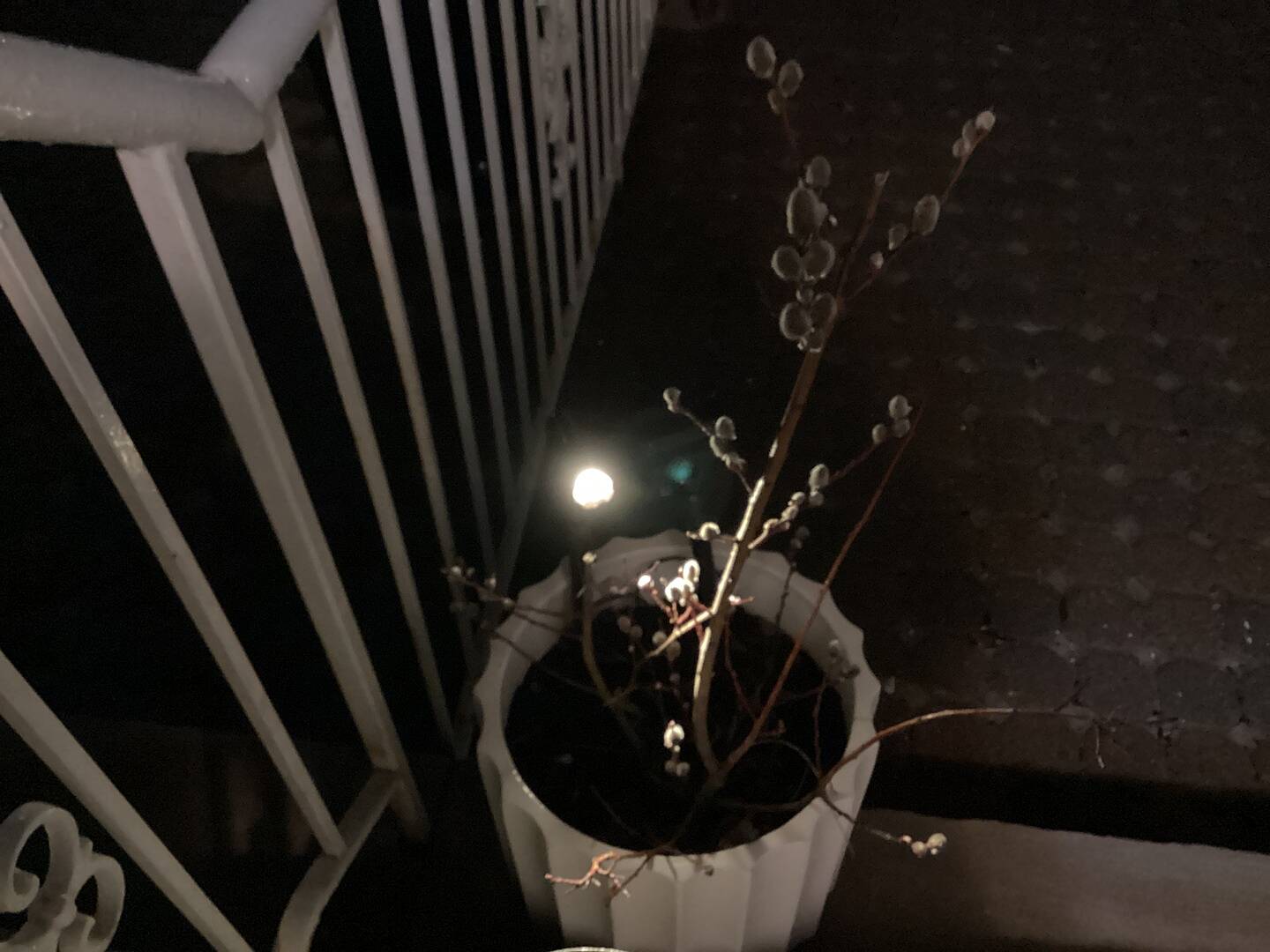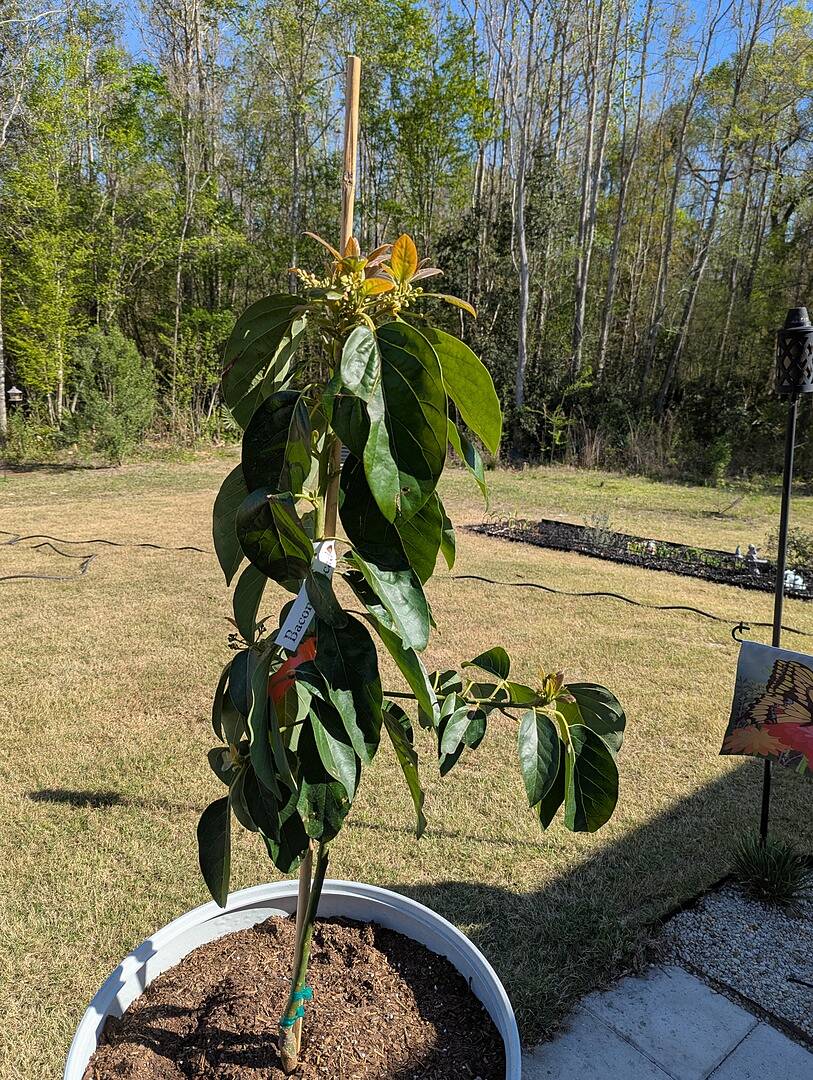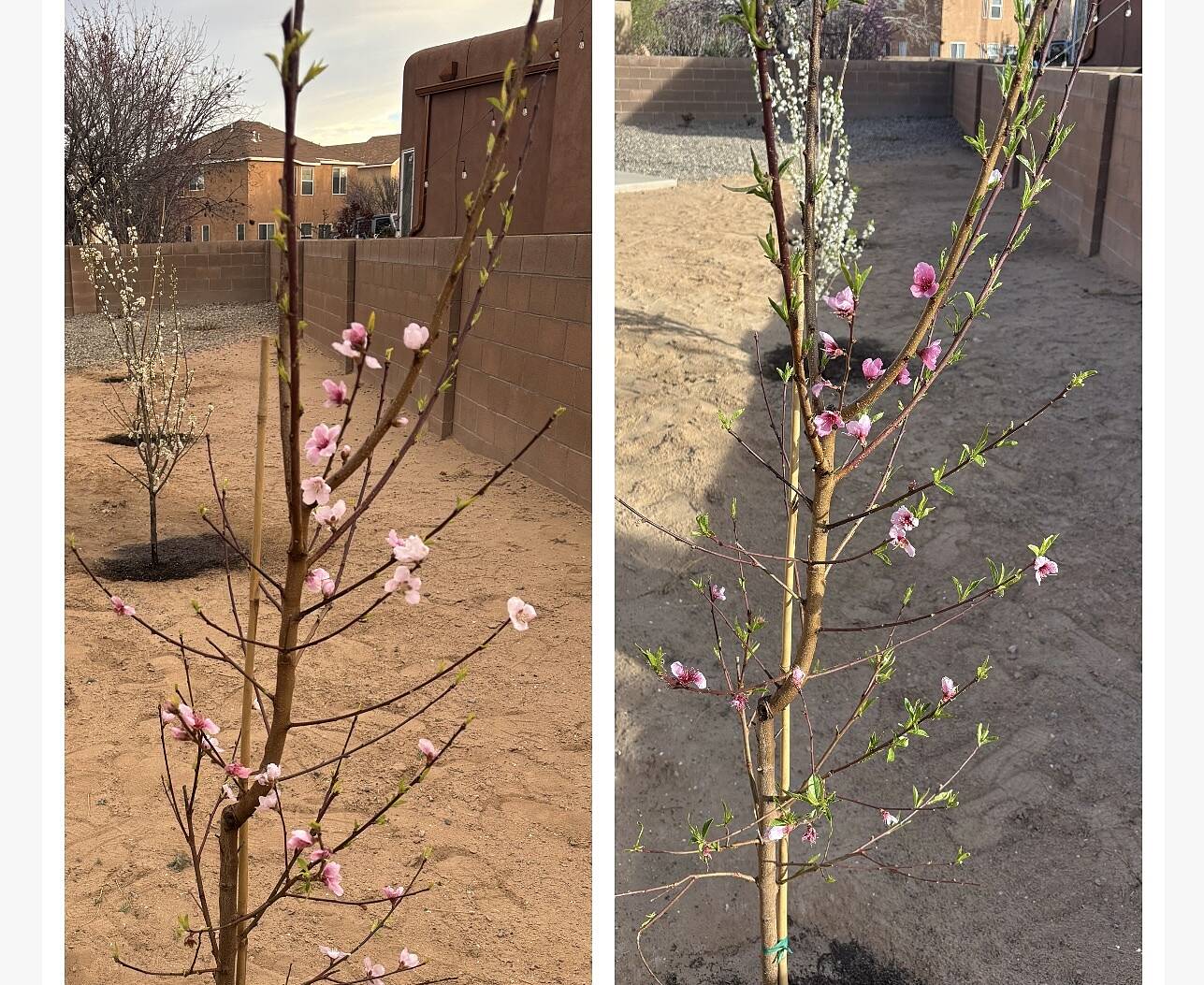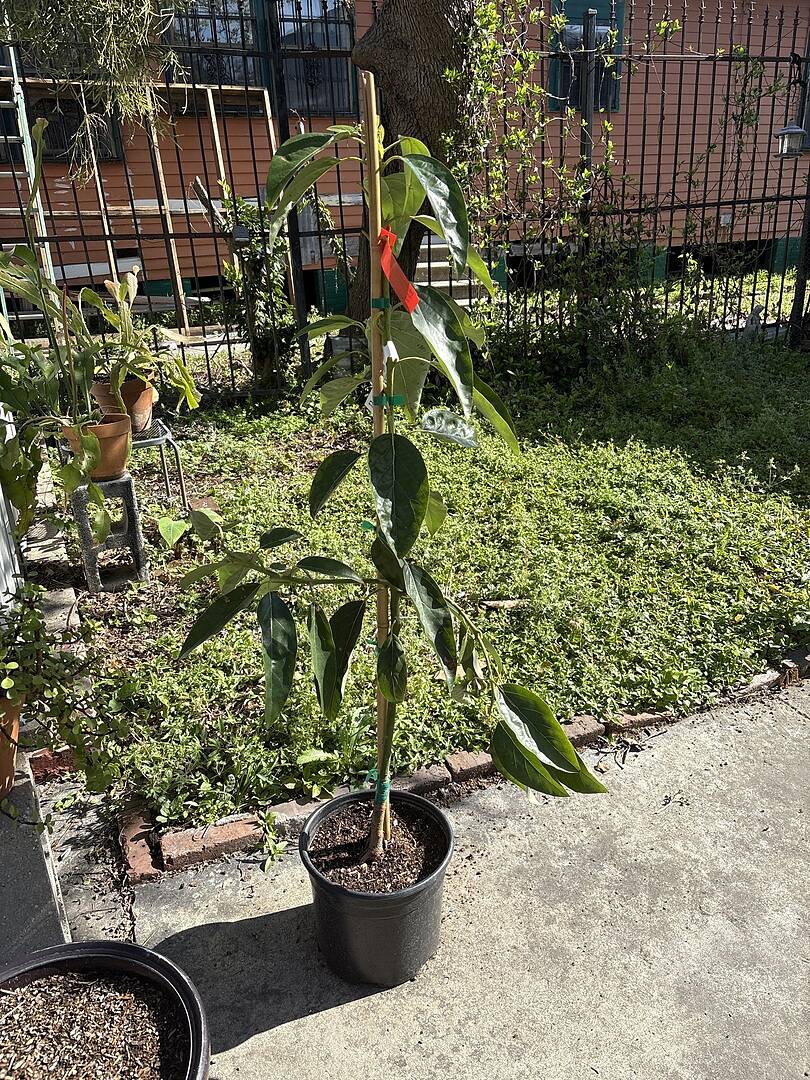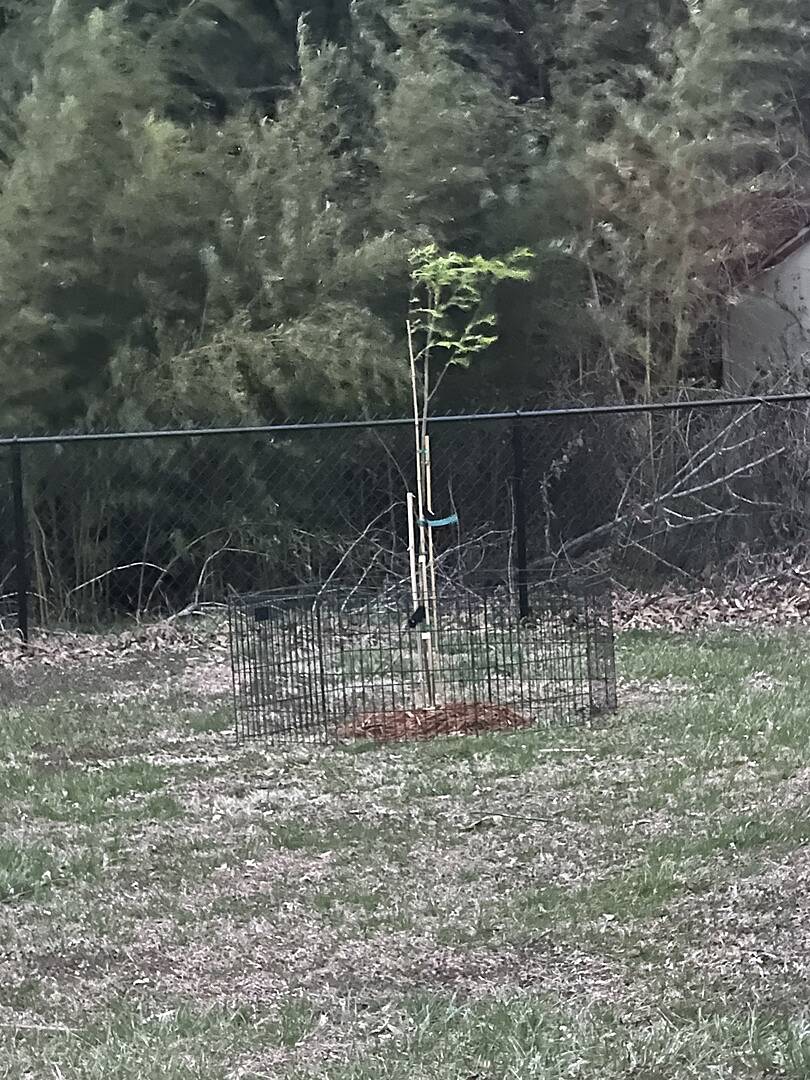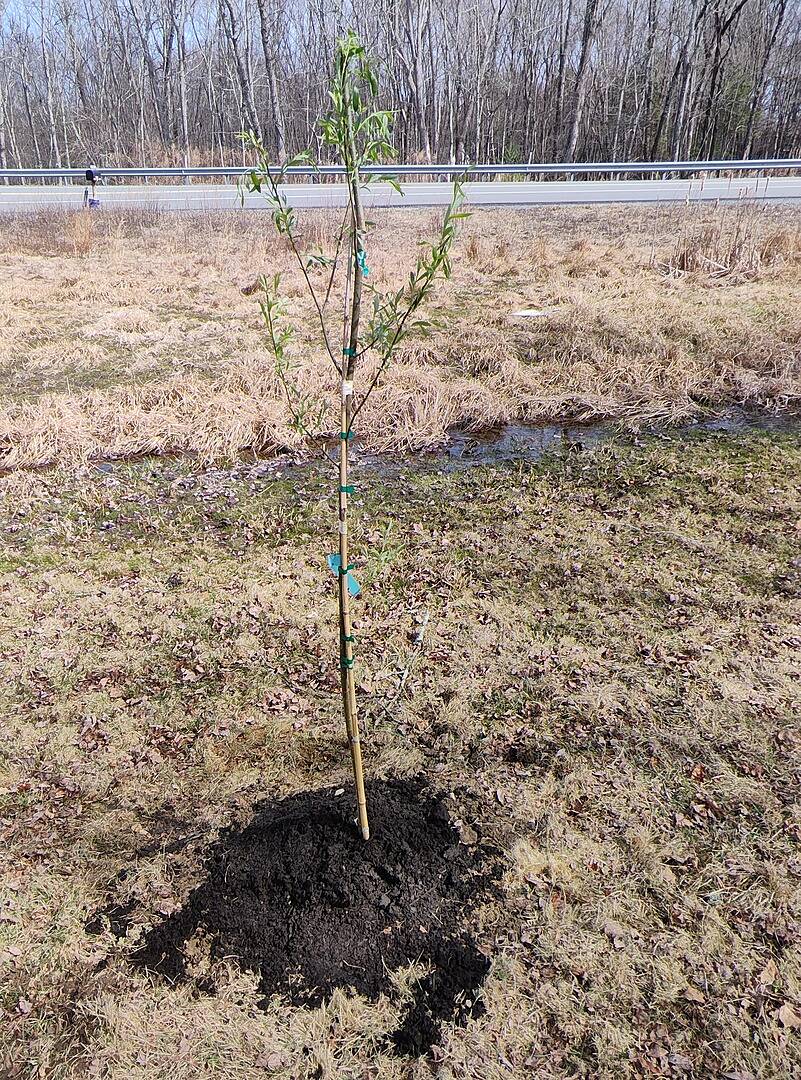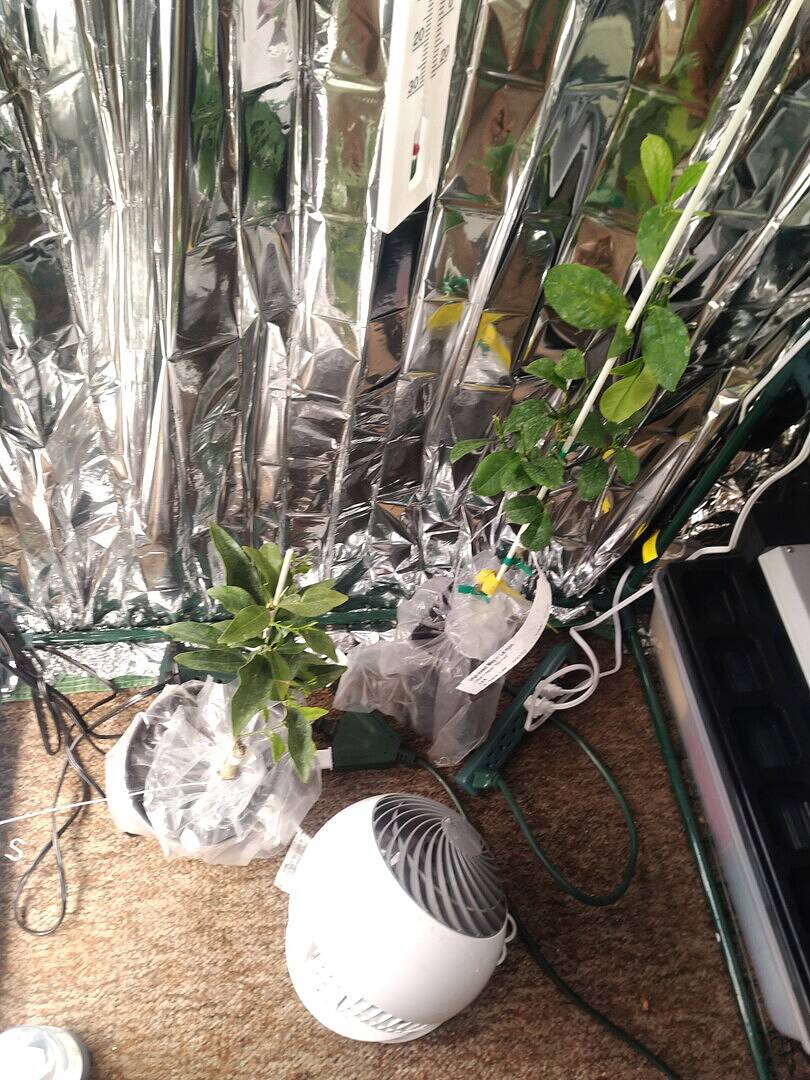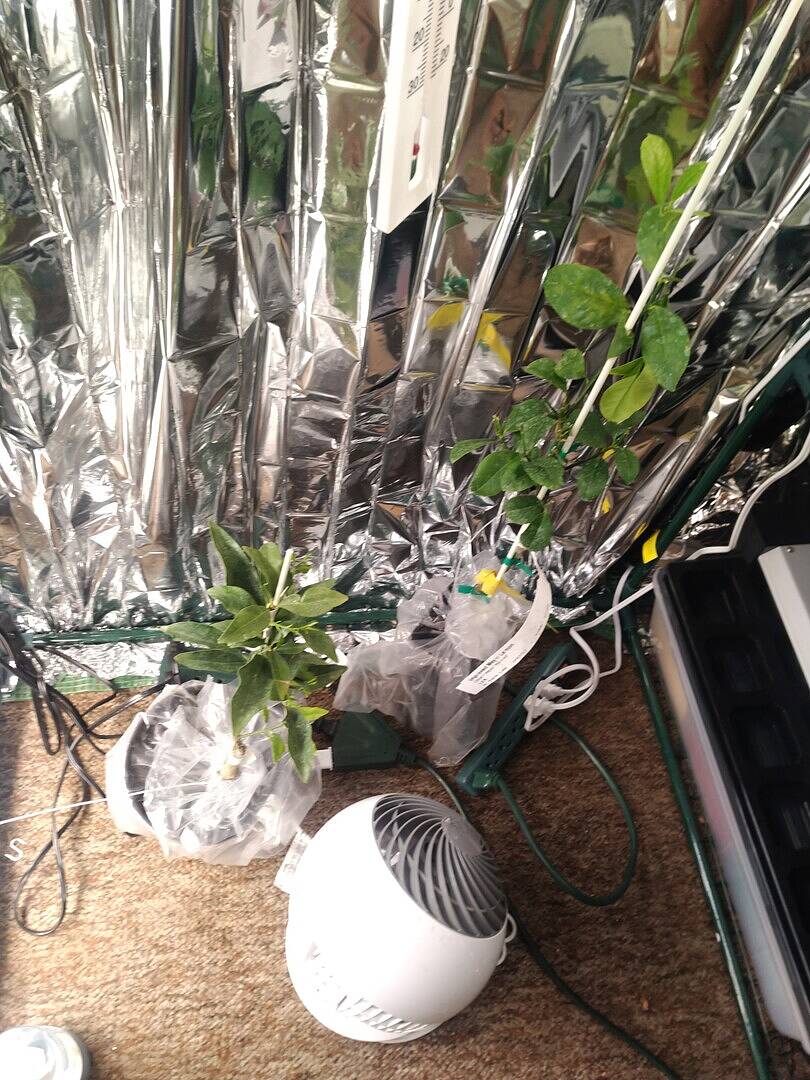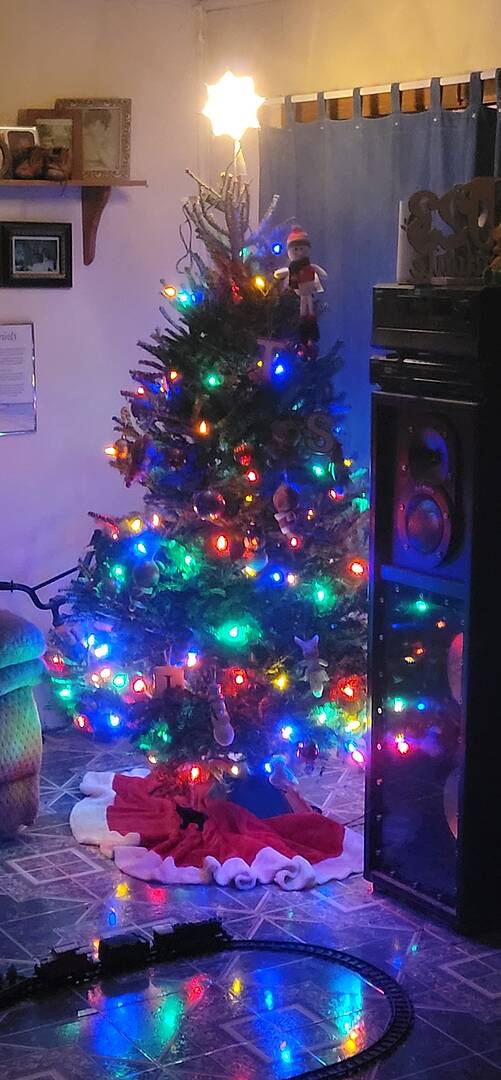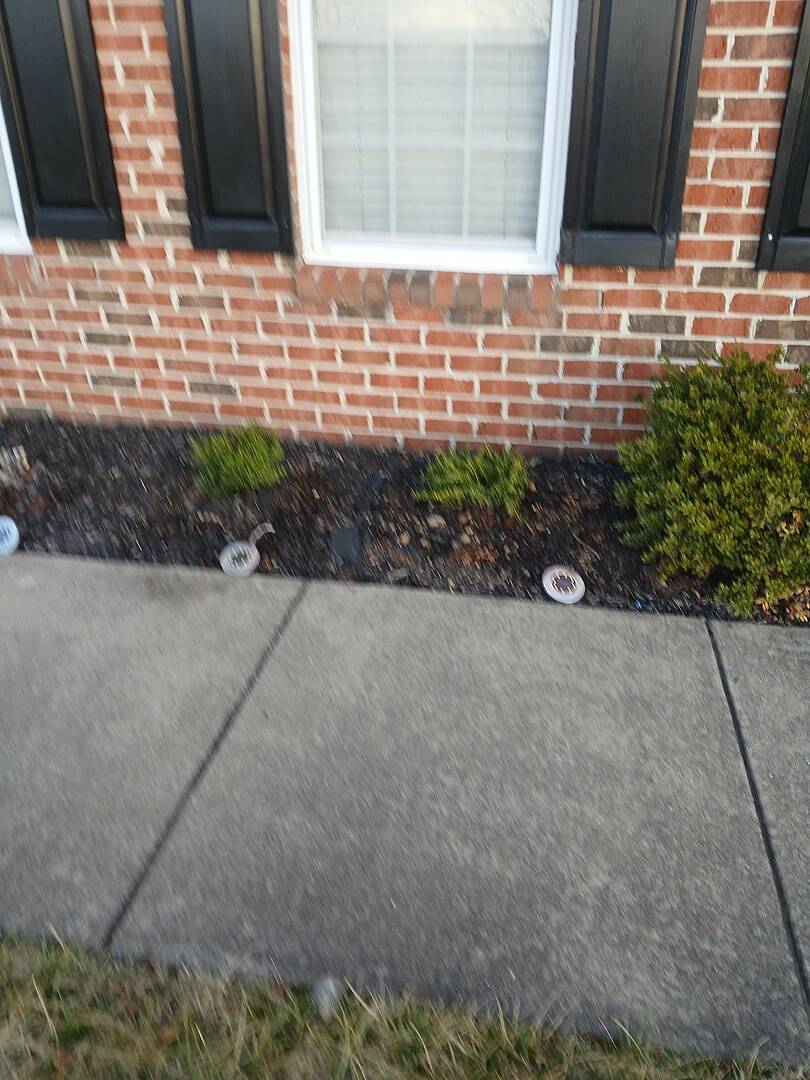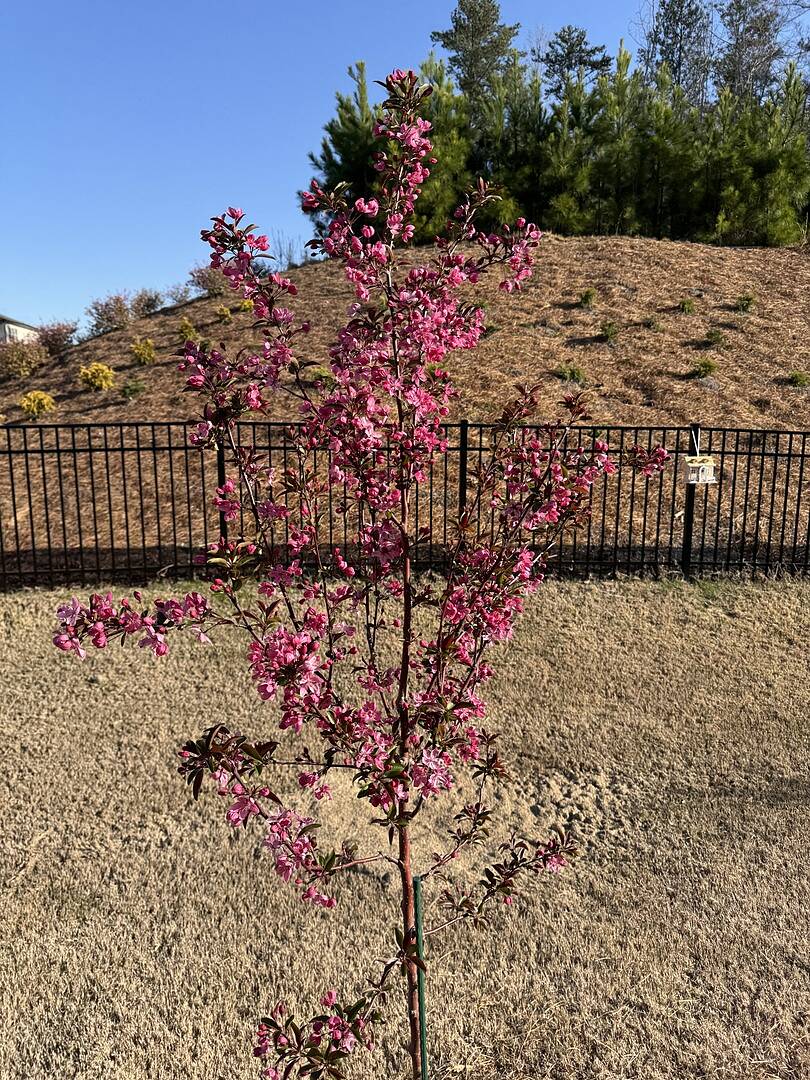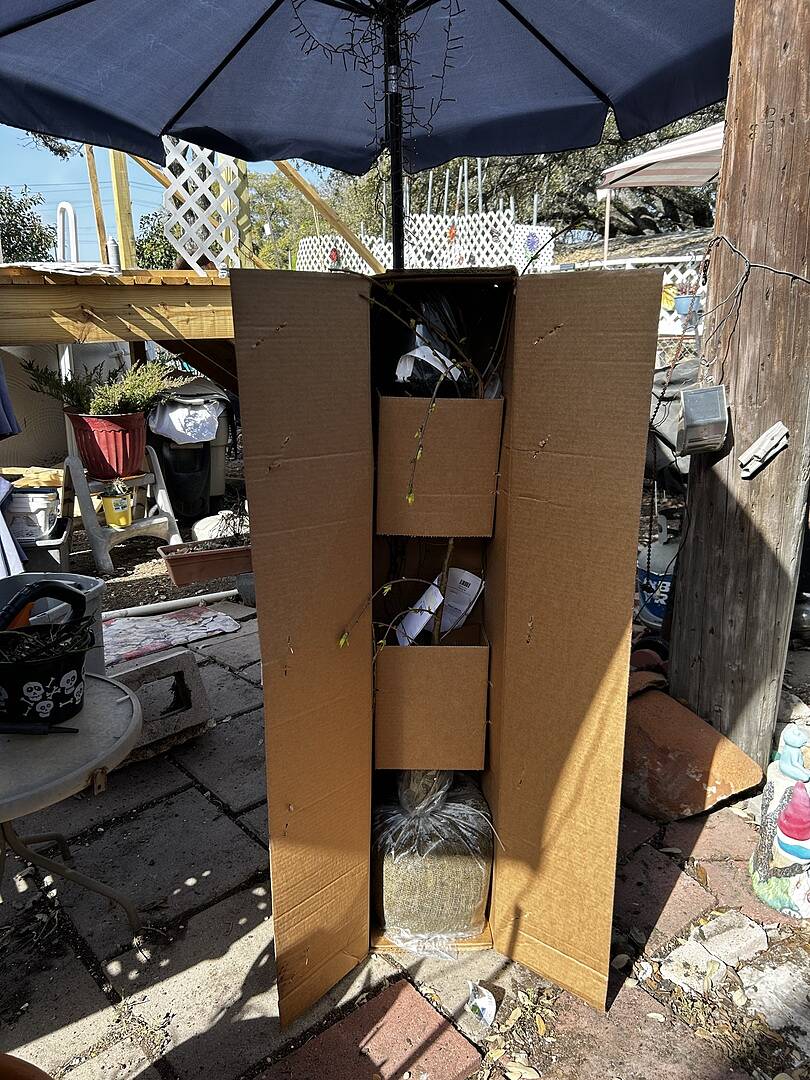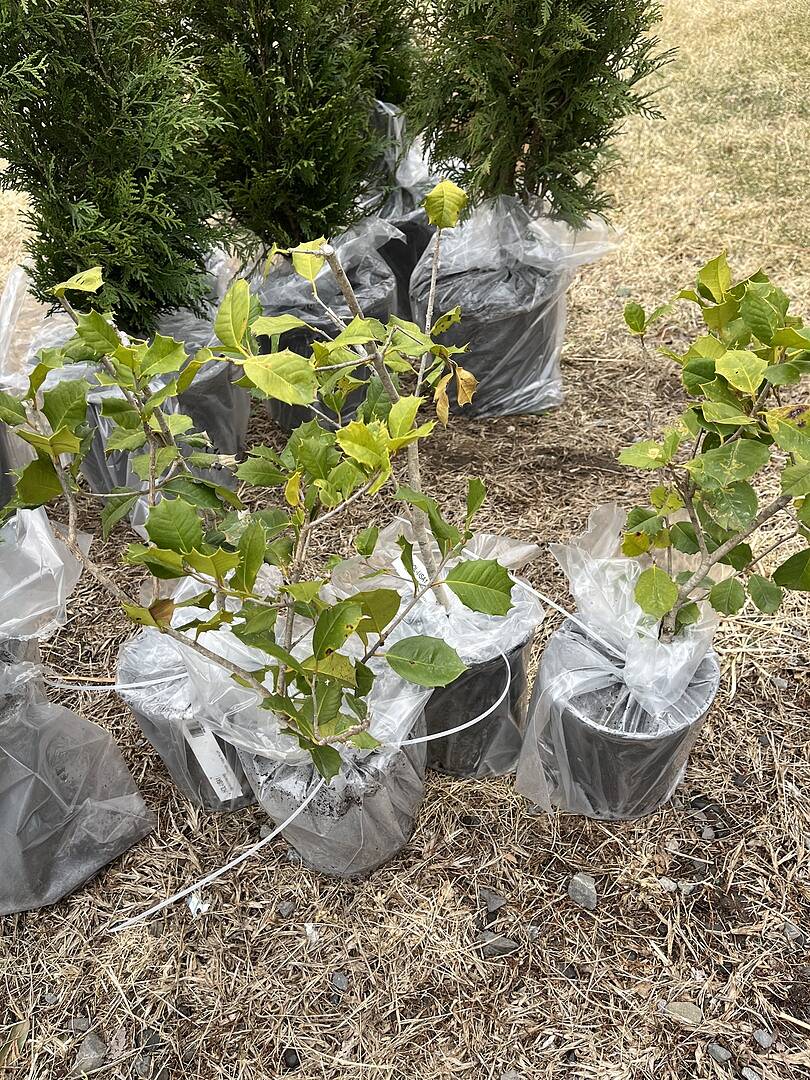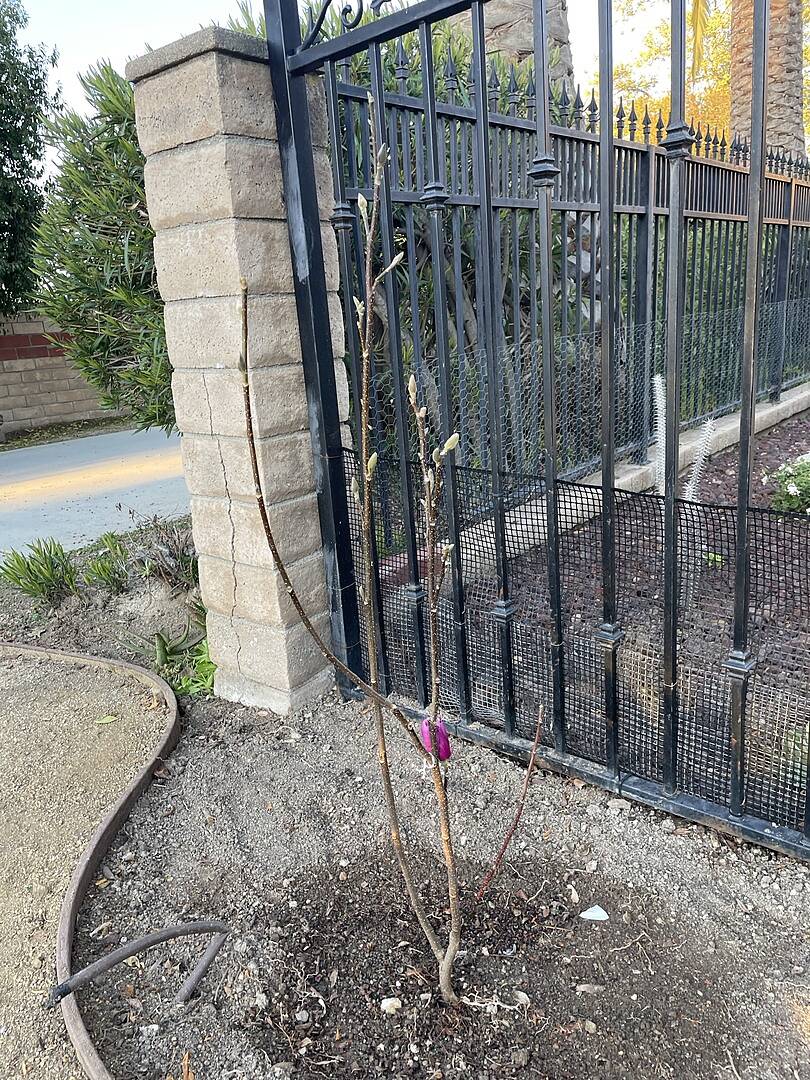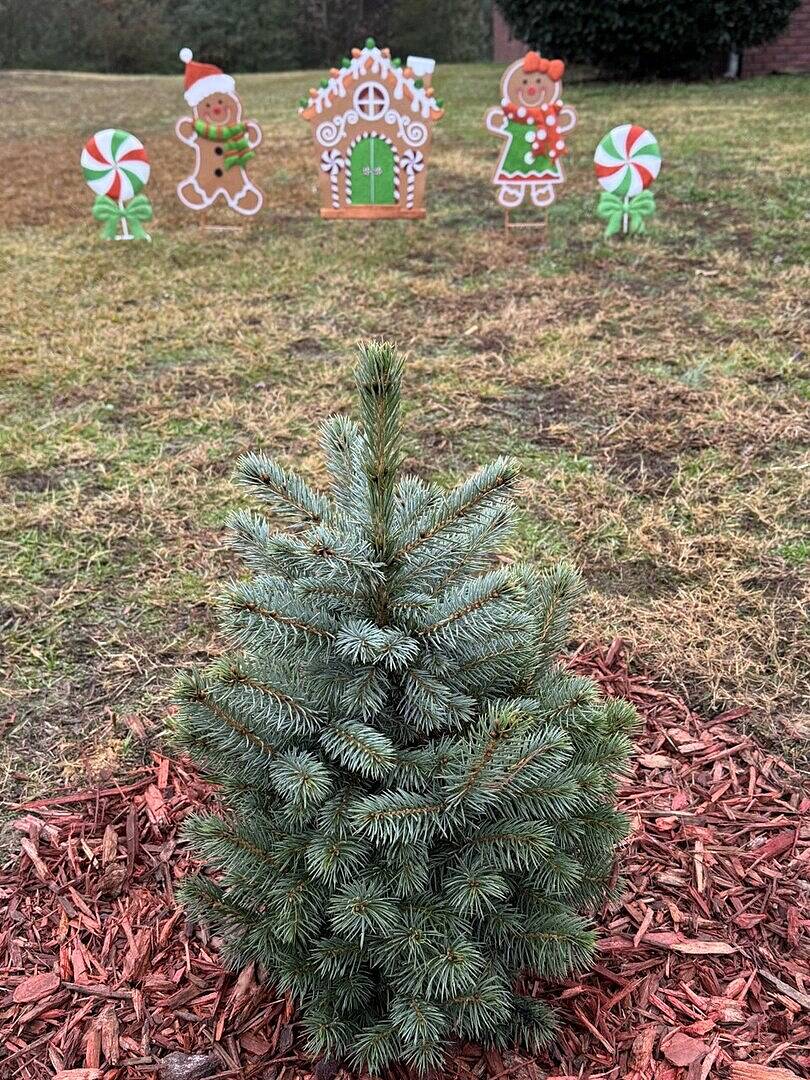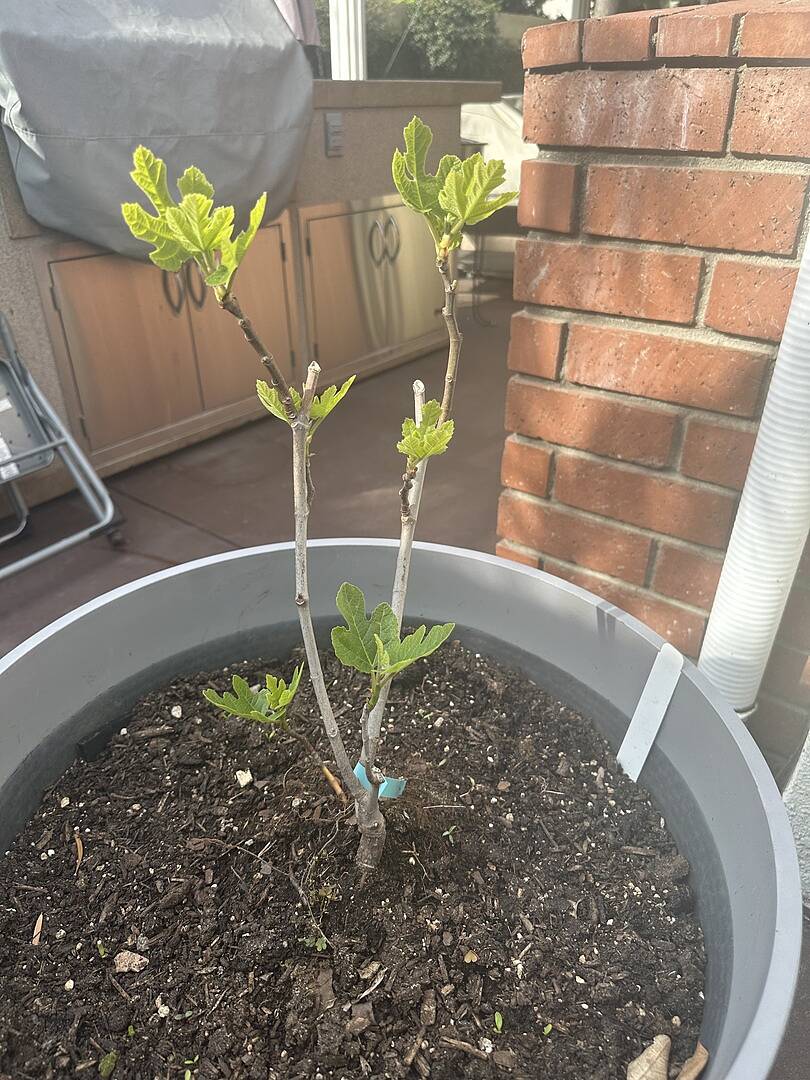Ask a Master Gardener: Anticipating Spring
Last updated: Feb 01 2022

I call February the month of anticipation. Although the days are not yet getting any warmer, they are slowly getting longer. Many of us are still living in icy cold weather, and some of us are still covered with snow. But we are all anticipating warmer days, signs of spring and brighter skies.
Despite the cold weather, now is certainly not the time to rest from the garden. One job that keeps me outside in the winter is trimming and pruning plants. Not all plants are pruned in the winter but for many, pruning while they are dormant is a must to deliver beauty in the warmer months. Fruit trees, especially apples and pears, as well as many roses must be pruned while dormant. Buddleia and some clematis are also on the winter prune list.

Depending on the area where you live, planting may continue during the winter. If the ground is not frozen or covered with snow and ice, let planting continue! We are just recovering from a southern snow storm which closed down the city. For all who actually live where this type of weather is common, go ahead and laugh out loud that an inch of winter precipitation could close a city! But remember, it happens so rarely here that we do not have the equipment to clear the roads, and so we enjoy another holiday.
I digress! My point is that the slow melting of this ice/snow has provided the best watering of newly planted additions to the garden. For anyone living in areas of winter snows, if you planted this fall, your plantings should be beautiful this spring.
February is a time to make sure garden tools are cleaned, sharpened, and ready fro spring. Tools can spread bacteria, fungal disease, and insects to plants. While cleaning tools, also clean your potting sheds, pots, and work spaces. All of these things can spread disease.
February is also the “month of catalogues”! It is more fun for me than all the Christmas catalogues. I love looking at all of the plants that have been around for years as well as the new plants on the market. Most of the trees, shrubs and plants I love, can be found in my favorite local nurseries. I only things I need to make my dreams come true are more land, more energy and more money!
Along with catalogues, there is the internet. There are websites (have you looked at Fast Growing trees.com) just waiting for you. I spend hours looking at nurseries and and reading about the hundreds of plants available for planting.
As we progress through the month there are plants that you might see coming to life. Winter flowers are always a joy. Winter Jasmine is a shrub that grows in zones 6-10. It usually blooms in late winter (which means now in my area but later in colder climates). It likes sun but can tolerate some shade. Often mistaken for Forsythia because of its bright yellow flowers, winter jasmine begins to bloom earlier and the flowers last longer (sometimes lingering up to 8 weeks). The willowy branches will remain green throughout the winter.
The Hellebore is a perennial which likes partial to full shade. It grows in zones 4-9 and blooms mid to late winter. It can stand up to 24 inches tall and self spreads. The common name is Lenten rose and can bloom as early as December in warm areas but can wait until the time of Lent in colder climates. The flowers are rose-like and come in colors such as purple, white, green and bi-colored.
Another plant that may be blooming now is the Winter Aconite. It is a bulb that grows in zone 3-7. It likes sun but can tolerate part shade. It is one of the earliest bulbs to bloom and goes to about 4 inches. The flowers are yellow and long blooming. These bulbs will naturally multiply to give you a dense carpet of yellow.
The Camellia Japonica, an evergreen shrub, is a staple of southern gardens. It grows in zones 7-10 and blooms mid to late winter. It can grow up to 12 feet tall and wide and prefers partial shade. The blooms come in shades of red, pink, white or variegated. There are some newer hybrids that are cold hardy down to zone 6.
As our landscapes begin to bloom and come to life, take notes and a picture of anything you see blooming and love. Let your local nursery identify the plant and put it on your list of “musts for the garden”. When planting time comes, get out your checkbook and head to the nursery.
So glad February is a short month-I hate living in anticipation!
Written by
Phyllis Ferguson
Phyllis is a Master Gardener growing in Zone 7 in Charlotte, North Carolina. She loves working in her landscape with flowering shrubs and perennials, planting around ponds and water features, and taking care of her dogs and her backyard chickens.
A longtime Master Gardener educator in North Carolina, Phyllis is sharing her best tips for plant selection, gardening, landscape care and more with FastGrowingTrees.com.






